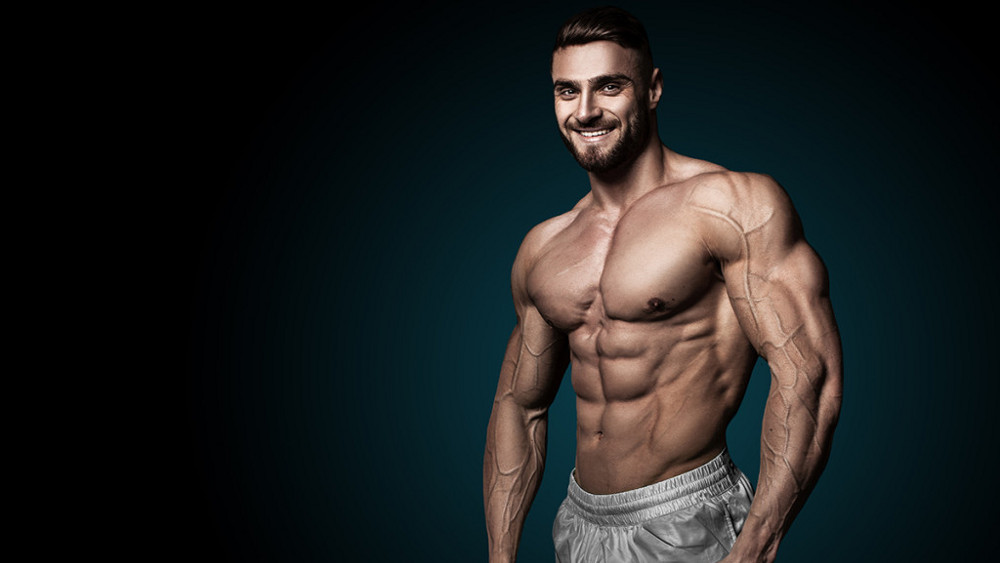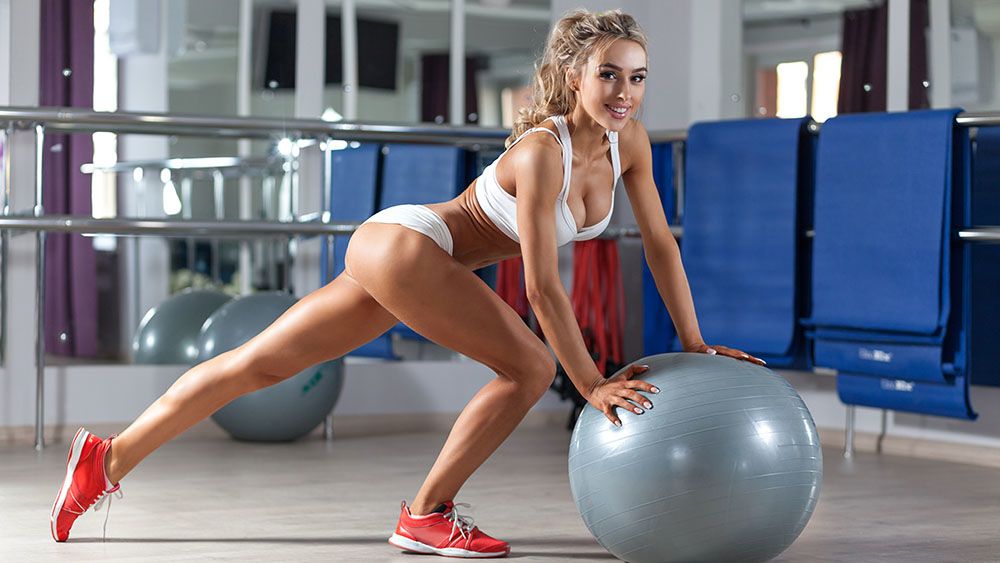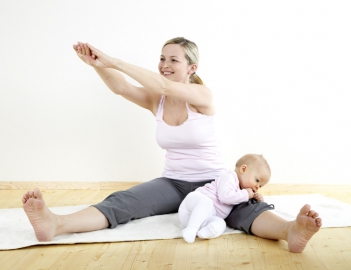Exercises for flexibility. Best exercises
 What is body flexibility, what does it depend on and why does it need to be developed? What role does flexibility play in sports and everyday life? How to work on flexibility at home, the best exercises.
What is body flexibility, what does it depend on and why does it need to be developed? What role does flexibility play in sports and everyday life? How to work on flexibility at home, the best exercises.
When they talk about the flexibility of the body, they mean the ability of a person to make movements with high amplitude. In everyday life, the amplitude of body movements will be short, increasing flexibility is achieved by stretching.
In professional sports, passive flexibility is usually used, it is achieved by stretching under the influence of external force, for example, when stretching is done on a simulator or under the influence of another person. Sports lovers should better turn to safer active flexibility, that is, increase their stretching due to their body weight. In everyday life, overall flexibility is important, that is, the lack of stiffness in the joints, as well as the dynamic flexibility that occurs when moving. In sports, they work on static and special flexibility, intentionally stretching a certain part of the body.
Human flexibility is not a constant, it depends on many factors. External circumstances include temperature and time of day. In the evening, at a warm indoor temperature, flexibility will be maximized; during the day, the body performed many movements, performing a kind of warm-up.
At high air temperatures, connective tissues in the human body stretch much better.
Many people mistakenly believe that simple flexibility exercises can be used before training as a warm-up. Before stretching the muscles, joints and ligaments must be warmed up, so stretching should be carried out after the main workout. Moreover, even before the simplest stretching exercises, an articular warm-up should be done.
Modern scientific research has fully confirmed the fact that natural flexibility is transmitted at the genetic level. Features of the structure of the joints and other connective tissues determine the degree of flexibility – someone stretching is very easy, and someone can not sit on the splits, even after a year of regular training. The most mobile joints have a spherical shape, but sometimes their amplitude of movement is limited to bony protrusions, this is also transmitted genetically, as structural features of the organism.
It is known that women have higher flexibility than men. This fact is confirmed in practice, but at the moment has no scientific reinforcements. Children are more flexible than adults, which is easily explained by the fact that their bones and joints have not yet been fully formed. Even the structure of the body affects flexibility; people with tall stature and thin physique bend much worse than those who are inclined to be overweight.
An important factor is the general state of health. A number of reasons prevent the body from preserving its natural flexibility – these are chronic stresses and a sedentary lifestyle, fatigue and the presence of diseases.
Why improve flexibility?
The statement that only gymnasts need flexibility will be wrong. In everyday life, a person does not sit on a splits and does not perform other difficult exercises, but this does not mean that flexibility is not important for him. High flexibility is the health of the musculoskeletal system, high mobility of the joints and resistance to diseases such as arthrosis and arthritis.
Even with a bad genetic predisposition to the flexibility of the body, a person can always at least slightly increase the mobility of their joints. To do this, you need to engage in sports such as gymnastics, stretching, acrobatics, or practice yoga. Gymnastics classes give excellent results, if you start them at an early age, this is a difficult and demanding discipline. Unlike gymnastics, yoga and stretching are available for a person at any age. Regular workouts increase not only flexibility, but also endurance, strength, muscles become stronger, and the body – more fit.
What exercises to do to increase flexibility?
Stretching exercises are divided into several categories. Static exercises operate by alternating high voltage and relaxation, they are performed in a large number of repetitions. With them, the body is stretched due to the pressure of its own weight. Dynamic exercises involve short-term loads in motion, for which they often use additional equipment, for example, dumbbells. Passive exercises to increase flexibility suggest the impact of force from the side, stretching occurs due to the impact of the simulator or under the force of pressure of another person.
The best exercises to increase flexibility
You can perform these exercises in any circumstances, they will help to increase the amplitude of movement and flexibility of the joints.
To make a stretch for the legs, you need to stand facing the wall, hand hold the ankle of the leg and bend the leg at the knee so that the heel is close to the buttock.



